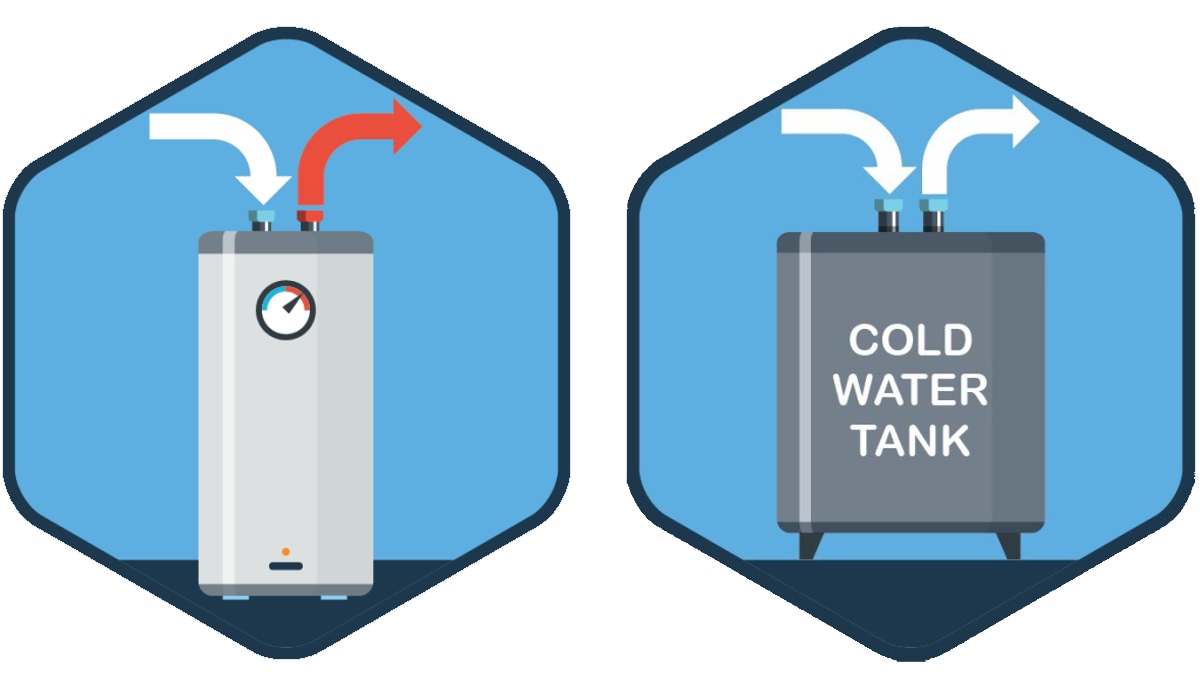Key points
- Any system or equipment containing nonsterile water can grow Legionella.
- Keep all plumbed devices clean and well maintained in order to reduce the risk of Legionnaires' disease.

Purpose
Use this document to:
- Help evaluate hazardous conditions associated with devices that use water
- Implement Legionella control measures for devices that use water per ASHRAE Guideline 12
- Complement existing resources for water management programs
- Support environmental assessments conducted during public health investigations
Types of devices
In the absence of control, Legionella can grow in almost any system or equipment containing nonsterile water at favorable temperatures. Tap water is an example of nonsterile water.
Dental and medical equipment
The following are examples of dental or medical equipment that may grow Legionella in the absence of control:
- Bronchoscopes
- CPAPs
- Heater-cooler units
- Scalers
Other equipment
Other equipment that may grow Legionella in the absence of control include the following:
- Evaporative air coolers
- Expansion tanks
- Humidifiers
- Ice machines
- Produce and recreational misters
- Safety showers and eyewash stations
- Spray and pressure washing equipment
Systems
Systems that may grow Legionella in the absence of control include the following:
- Fire suppression systems
- Lawn sprinklers and irrigation systems
- Solar water heating systems
- Machine/metal working lubrication and coolant systems
- Water jet cutters and other machining devices that use water
- Water storage systems for high-demand or emergency use
- Secondary water collection, storage, and use systems
Secondary systems may collect, store, or use recycled water, gray water, rainwater, or groundwater.
Water management program
Use a water management program to establish, track, and improve operation and maintenance activities.
Operation, maintenance, and control limits
General guidance
Regularly clean and maintain all water system components, such as
- Hoses
- Spray nozzles
- Sprinkler heads
Store and maintain water at temperatures outside the favorable growth range for Legionella (77–113°F, 25–45°C). Note that Legionella may grow at temperatures as low as 68°F (20°C).
Clear components: Keep collection basins, condensate pans, cooling coils, and other components clean and free from
- Biofilm
- Corrosion
- Debris
- Dirt
Avoid stagnation: Flush low-flow piping runs, dead legs, and low-use fixtures regularly.
Consider Legionella testing in accordance with this toolkit's routine testing module (linked below) or if indicated by a water management program.
Device-specific guidance
Certain devices should have specific control measures in place to prevent exposure to Legionella.
Dental and medical equipment
Clean regularly per manufacturer recommendations.
Use sterile water in respiratory equipment such as CPAPs, heater-cooler units, and bronchoscopes.
Humidifiers
Empty and clean tanks on humidifiers daily.
Ice machines
Clean regularly and replace filters per manufacturer recommendations.
Consider routine Legionella testing of ice machines in settings that serve people at increased risk of Legionnaires' disease.
Evaporative coolers
Maintain evaporative coolers to ensure they are functioning properly with managed airflow across condensate pans.
Produce and recreational misters
Insulate pipes to maintain water temperatures outside the Legionella growth range.
Avoid stagnation by running regularly or draining when not in use.
Drain and clean the reservoir regularly if recreational misting equipment has one.
Consider using a disinfectant appropriate for the system.
Sprinklers and irrigation equipment
Limit bystanders' exposure by operating these devices outside of normal business hours.
Remediation
Role of testing during remediation
If an outbreak or illness is suspected, test in conjunction with public health in order to:
- Confirm the presence of Legionella before performing remediation.
- Confirm Legionella elimination after remediation activities.
Indications for remediation
Consider the remediation options described below if
- Control measures are ineffective
- Routine results indicate poor Legionella control
- The authority having jurisdiction suspects an outbreak or illness
Note: The public health authority having jurisdiction determines whether there are associated illness(es) or an outbreak.
Remediation options
Choose a remedial treatment procedure after considering the system infrastructure, water quality parameters, and available sampling results. Certain procedures should only be undertaken in consultation with a water treatment professional.
Legionella control measures
Described below are control measures and recommendations for each water parameter.
Sediment and biofilm
Control measures: Flushing, cleaning, and maintenance
Recommendations: Clean and maintain water system components regularly in accordance with manufacturer recommendations.
Temperature
Control measures: Control limits
Recommendations: Store and maintain water at temperatures outside the favorable growth range for Legionella (77–113°F, 25–45°C). Note that Legionella may grow at temperatures as low as 68°F (20°C).
Water age
Control measures: Flushing and water replacement
Recommendations: Flush and replace water according to manufacturer recommendations.
Disinfectant residual
Control measures: Control limits
Recommendations: Consider using a disinfectant appropriate for the system and in accordance with manufacturer recommendations.
Resources
Form: Legionella environmental assessment
Toolkit: Developing a water management program to reduce Legionella growth and spread in buildings
Training: Preventing Legionnaires' disease: A training on Legionella water management programs
Guidelines
ASHRAE Guideline 12 [Free read-only preview]
